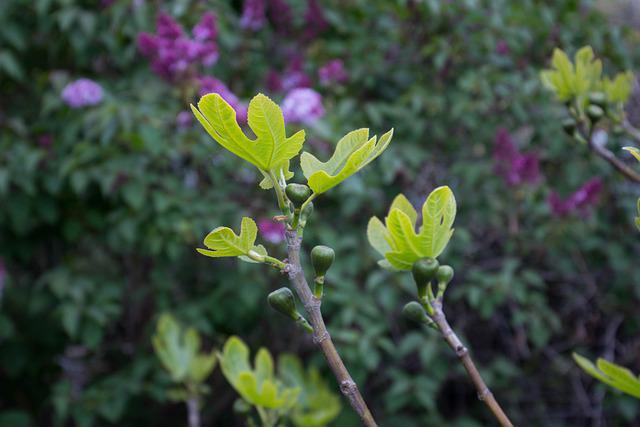
We may receive commissions from purchases made through links in this post, at no additional cost to you.
I love having fig trees growing in containers around my garden and patio. It’s such a great way to save space while still getting a good crop of fruit. But I have to be honest, I don’t love the look of a bare trunk surrounded by plain soil, so maybe it’s time for some underplanting.
Conventional wisdom says that you should avoid adding plants to potted fruit trees, including figs, so that there’s less competition for nutrients and water in the container. But is that really true? Might there be good reasons for underplanting potted figs with other plants?
For potted fig trees, underplanting can be beneficial as well as attractive. The best options are companion plants that are light-feeding, drought-tolerant, deter pests, attract pollinators, or add visual interest. Regular fertilizing ensures that the tree and companions have adequate nutrients.
Experience has taught me that certain plants perform well as underplantings in my fig tree containers. But if you’ve decided to try filling in the bare spots of your potted figs, there are a few things to think about.
Underplanting a Potted Fig Tree: Some Considerations
First, make sure the tree is well established and in a big enough pot. There is no hard-and-fast rule for what pot size can support underplanting (it depends on the size of the tree and what you are planting), but a 10-gallon or larger pot will have an easier time supporting both the tree and the other plants.
In general, choose annual plants that can be removed before winter storage. This way they won’t continue using nutrients from the soil while the fig tree is dormant.
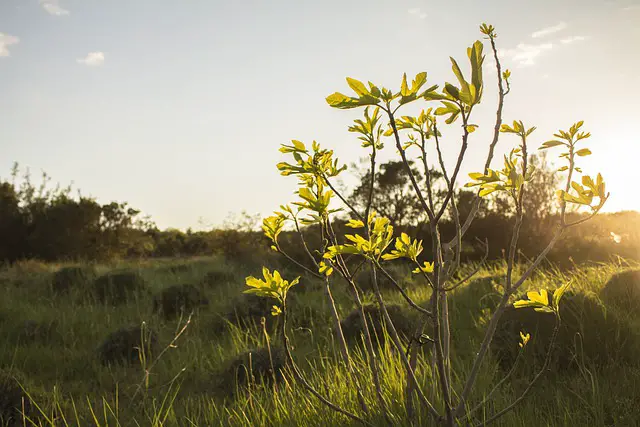
During the growing season (early spring to late summer), you should be fertilizing your potted fig tree regularly (read about when to fertilize fig trees here). Regular feeding will also support any plants in the pot, keeping all of the plants thriving. As long as you continue a fertilizing regimen, underplanting should be no problem.
Underplanting is not only attractive, but there are some potential benefits for fig trees. Companion plants in a container-grown fig tree help to keep the soil a few degrees cooler, which is great in warmer climates. They can also help with water retention by preventing evaporation on the surface of the soil.
Flowers underneath the tree will attract pollinators, which can improve the fig crop of your tree. Herbs are not only useful in the kitchen, but they help repel unwanted pests. Mediterranean herbs are best for underplantings because they need less water than those from wetter climates.
Below is a list of plants that can successfully grow with potted fig trees. (For more, read Fig Companion Plants: What to Plant and What to Avoid.)
What to Plant Under Potted Figs
1. Sedum
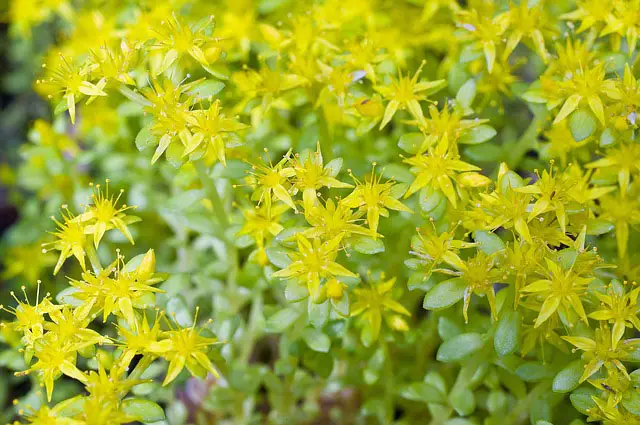
Sedum and other small succulents have shallow roots and don’t need much water to thrive. They fill in densely, shading the soil in the pot and deterring weeds. Sedum can be yellow, light green, red, purple, blue/silver, or variegated, making it perfect for contrasting against the fig tree foliage.
Varieties to try: Sedum ‘Ogon’, ‘Dragon’s Blood’ Sedum, or Sedum ‘John Creech’.
2. Alyssum
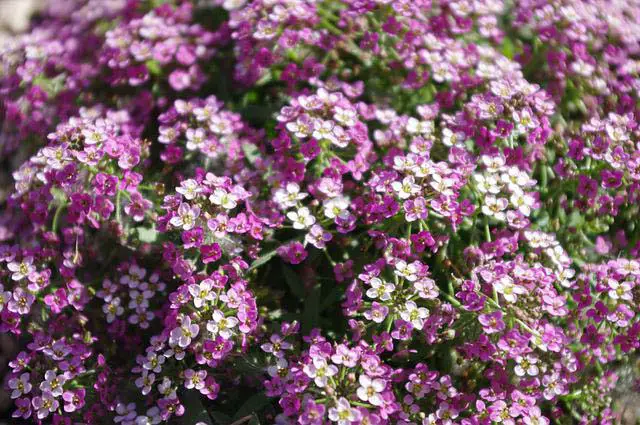
Alyssum, or sweet alyssum, is a great companion for container-grown fig trees. It can tolerate drought well, so it won’t interfere with the fig tree’s watering needs. Alyssum attracts pollinators such as butterflies, ladybugs, and hummingbirds and forms a close mat of tiny white flowers that spill over the sides of the pot.
Varieties to try: ‘Sweet White’, ‘Golf Series’, or ‘Royal Carpet’.
3. Calendula
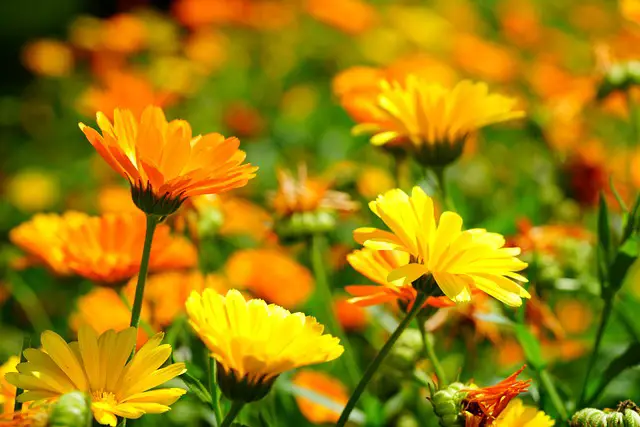
Calendula is also known as “Pot Marigold,” although it is not related to marigolds, and is perfect to grow in containers. Calendula is in the same family as Chamomile, another great companion plant for fig trees. It will attract beneficial insects to the pot and help deter pests.
Varieties to try: ‘Pink Surprise’, ‘Citrus Cocktail’, and ‘Dwarf Gem’.
5. Impatiens
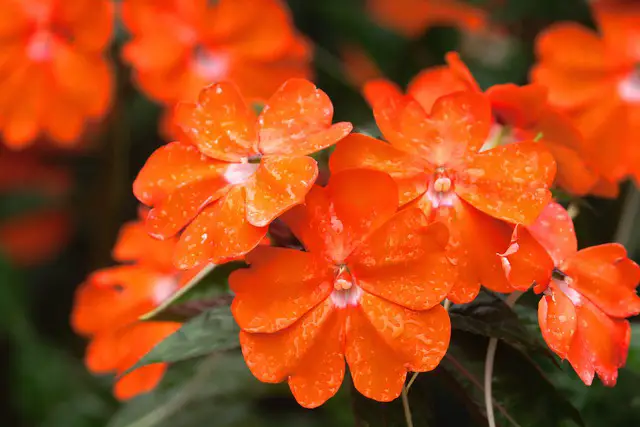
Impatiens generally prefer full-or part shade, but some varieties (like the ‘Sunpatiens’ series) have been bred to tolerate full sun. Impatiens come in many colors and sizes and will add visual interest to an established potted fig tree.
Varieties to try: ‘Super Elfin White’, ‘Tempo’, and ‘Fanfare Orchid’.
6. Scented Geranium
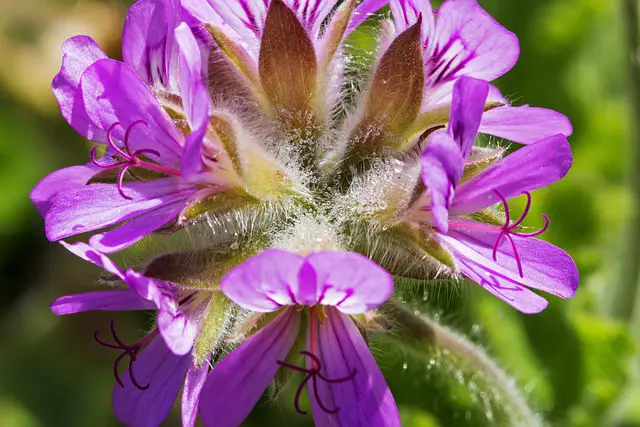
With their strongly aromatic foliage, scented geraniums are natural repellants for common fig tree pests, like spider mites, aphids, and nematodes. Scented geraniums come in shades of pink, white, red, and lavender, and they can smell like just about anything – including lemon, fruit, cinnamon, roses, and mint.
Varieties to try: ‘Angel’s Perfume Hybrid’, ‘Lime’, ‘Prince Rupert’.
7. Dwarf Marigolds
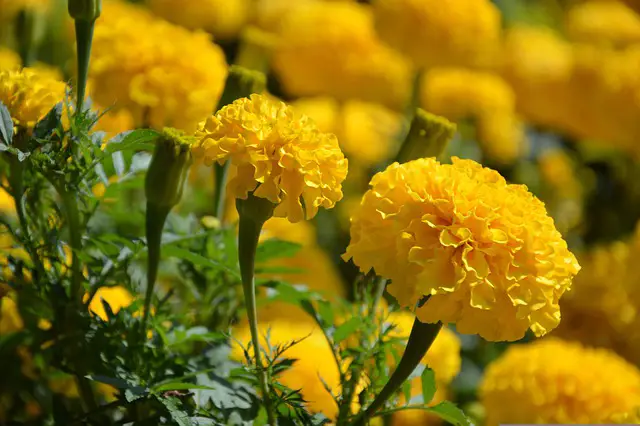
Planted in a fig tree pot, marigolds can help protect from root knot nematodes and other pests. Marigolds can even help nearby plants absorb nutrients. If you live in a warm climate, try a variety of African marigolds (as opposed to French marigolds), as they are heat- and drought-tolerant.
Varieties to try: ‘Bambino’, ‘Fiesta’, and ‘Taishan Gold’.
8. Alpine/Woodland Strawberries
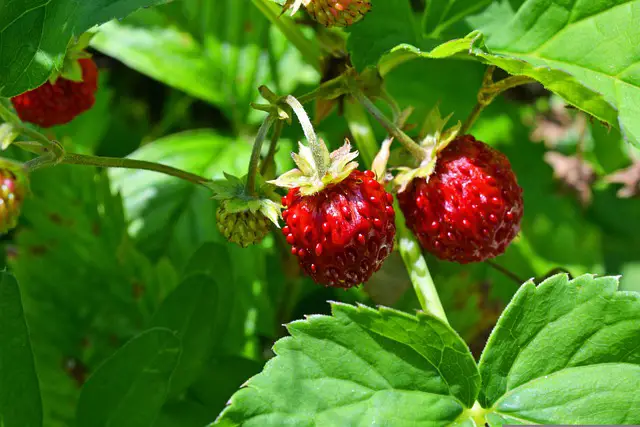
Alpine strawberries (also known as “wild strawberries) are a perfect underplanting for potted figs. They grow densely, helping to suppress weeds, and they are decorative as well as delicious. They grow well with strong-smelling herbs, such as thyme. (For info on more edible companion plants for fig trees, check out this article.)
Varieties to try: ‘Mignonette’, ‘Alpine Yellow Wonder’, ‘Alpine Alexandria’.
10. Thyme
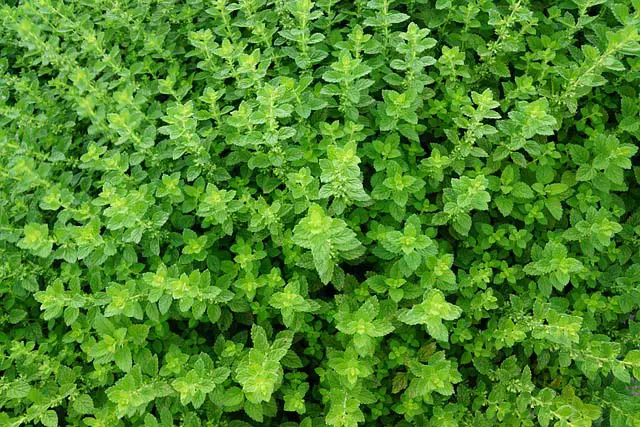
Thyme and fig trees both originated in the rocky soils of the Mediterranean, making them perfect companions. Strawberries and thyme grow well together, since the strong scent of the herb can keep pests away from the fruit (good news for the figs, too).
Varieties to try: ‘Archer’s Gold’, ‘Variegata’, ‘Silver Queen’.
11. Lavender
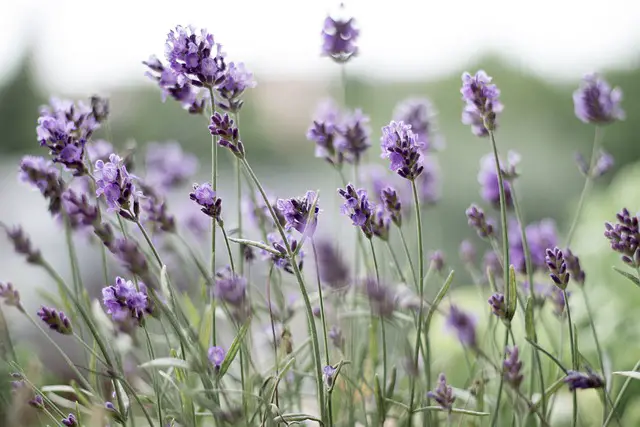
Lavender is another drought-tolerant Mediterranean herb, like thyme. It is a pollinator magnet, but its strong aroma deters pests. Some lavender cultivars can get quite large, so consider planting one of the smaller varieties below.
Varieties to try: ‘Dwarf Blue’, ‘Thumbelina Leigh’, ‘Dwarf Munstead’.
12. Lettuce
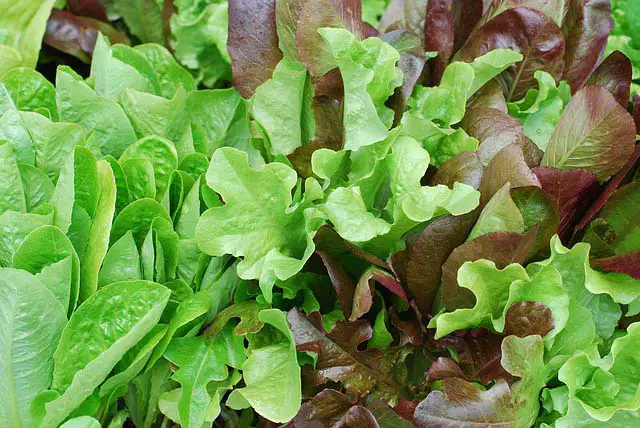
Lettuce is quick growing, light-feeding, ornamental, and delicious. Planted under a potted fruit tree, lettuces can serve as a visual cue for when the plant needs water. Densely grown lettuce, and other underplantings, can even help keep the soil in your pot a few degrees cooler, cutting down on water loss.
Varieties to try: ‘Buttercrunch’, ‘Black Seeded Simpson’, ‘Yugoslavian Red’.
13. Chives
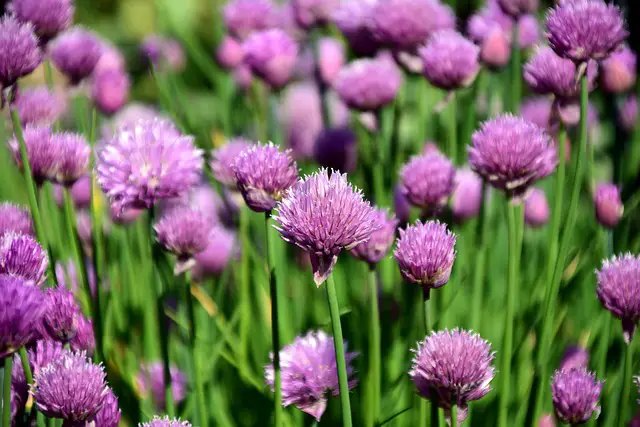
Chives do not only look beautiful at the base of a fig tree, but the tufts of white or lavender flowers are also very attractive to bees. Chives, and other alliums, help repel aphids and other pests. They are compact, easy to grow, and extremely versatile in the kitchen.
Varieties to try: ‘Twiggy’, ‘Erba Cippolina’, ‘Elbe’.
